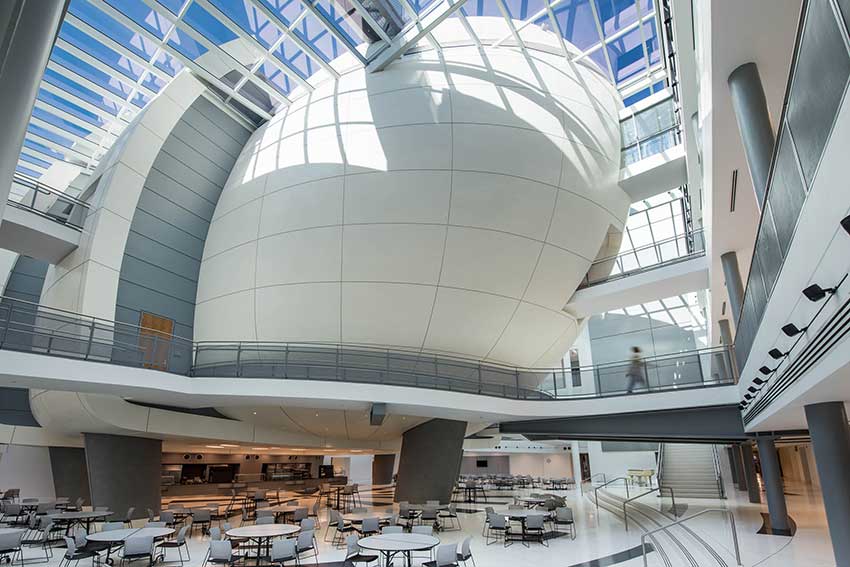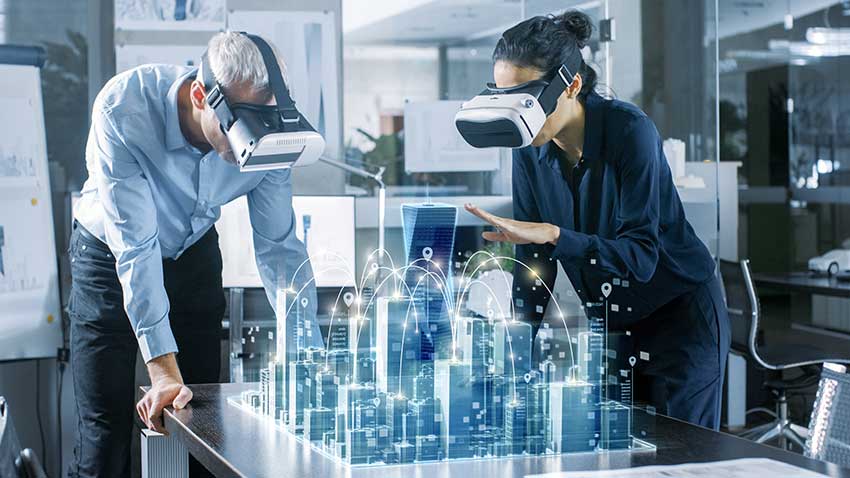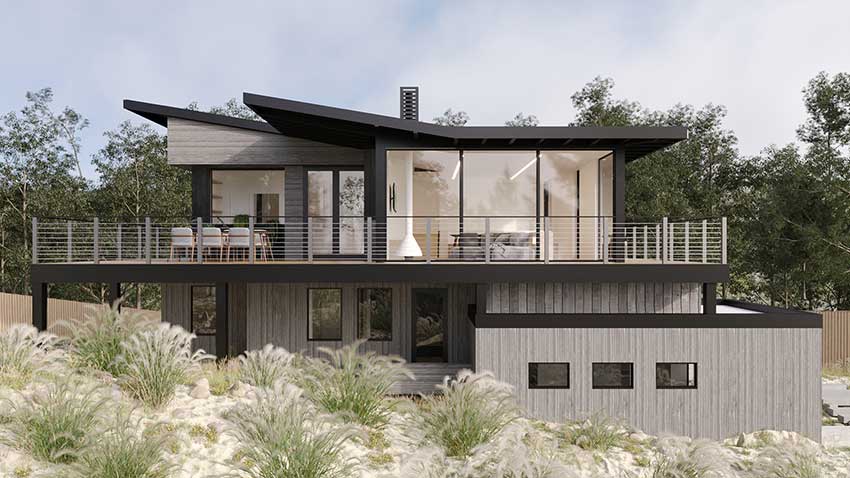Maximizing Returns in Real-Time
 1 AIA LU/Elective; 0.1 ICC CEU; 1 IIBEC CEH; 0.1 IACET CEU*; 1 AIBD P-CE; AAA 1 Structured Learning Hour; This course can be self-reported to the AANB, as per their CE Guidelines; AAPEI 1 Structured Learning Hour; This course can be self-reported to the AIBC, as per their CE Guidelines.; MAA 1 Structured Learning Hour; This course can be self-reported to the NLAA.; This course can be self-reported to the NSAA; NWTAA 1 Structured Learning Hour; OAA 1 Learning Hour; SAA 1 Hour of Core Learning
1 AIA LU/Elective; 0.1 ICC CEU; 1 IIBEC CEH; 0.1 IACET CEU*; 1 AIBD P-CE; AAA 1 Structured Learning Hour; This course can be self-reported to the AANB, as per their CE Guidelines; AAPEI 1 Structured Learning Hour; This course can be self-reported to the AIBC, as per their CE Guidelines.; MAA 1 Structured Learning Hour; This course can be self-reported to the NLAA.; This course can be self-reported to the NSAA; NWTAA 1 Structured Learning Hour; OAA 1 Learning Hour; SAA 1 Hour of Core Learning
Learning Objectives:
- Describe the recent advances in technology that promote a collaborative design environment by using real-time enabled software.
- List the financial benefits that design firms can enjoy through real-time collaboration, including team recruitment and retention.
- Discuss the positive impact that real-time collaborative design software has had on the inclusion of sustainable design practices.
- Explain how a real-time design environment can provide more opportunities to include elements that improve the health and well-being of occupants.
This course is part of the Business of Architecture Academy
Modern design software has evolved way past the point of simple 2D and 3D renderings. The BIM work process, coupled with innovative developments in design software, enables real-time collaboration among all project stakeholders. Designers and MEP and structural engineers can visualize all aspects of the design process in complete 3D renderings and, in doing so, can incorporate progressive and innovative sustainable design options seamlessly into the plans. By taking advantage of the technology available, architects and designers can reduce design time, improve communication, and identify and resolve potential design conflicts, while fostering a supportive remote workforce.

Photo courtesy of Chris Ambridge of CG+S
The Duke Ellington School of the Arts in Washington, D.C.
Bim On The Rise: The Magic Of Collaborative Modeling
Building information modeling (BIM) is an intelligent software modeling process supported by a variety of tools and technologies. It is utilized by architects, engineers, and contractors to collaborate on building design, construction, and operation, using files that can be extracted, shared, and networked to support 3D collaboration and real-time decision making.
BIM has provided collaborative solutions within architecture firms, opening up possibilities within the architecture, engineering, and construction (AEC) industry. When used with intelligent workflow software and a 3D model, BIM provides all project planners and implementing companies involved in a project with information and tools for efficient planning, design, construction, and administration of buildings and infrastructure. Architecture firms have been moving rapidly toward this trend, and it is quickly becoming an industry standard when specifying and designing projects.
BIM is the process and practice of virtual design, construction, and management throughout a building’s life cycle. The modeling platform is data-rich and allows designers and building professionals to generate 3D models (and drawings). BIM can include information about all aspects of a building, from designs, decisions, product specifications, and building space use to operations management. The modeled information also can be used for building analyses—for example to check building codes, calculate costs, or simulate energy use.
Key BIM data include the geometry of the project, the physical properties of the materials (e.g., construction materials, visuals properties), the types of buildings or spaces, and cost and time schedules. The object-oriented model is tied to a central database accessible to all project participants. The data can be used to generate high-quality 3D renderings to present a building concept for a bid or to help architects visualize and analyze specific design elements, such as energy use.
Software allows users to work with data-enhanced parametric objects—AKA “smart objects.” They can create virtual buildings with structural elements such as walls, slabs, roofs, doors, windows, and furniture. Some software programs come with customizable objects complete with texture, background, and lighting files. Two-dimensional objects can be exported at any time and incorporated into the model. Plans, elevations, and sections are generated from the virtual building model and are updated as the user “rebuilds.” Detail drawings come from an enlarged portion of the model with 2D detail added in.
BIM software can link via application programming interface (API) for third-party add-on developers. The ability to integrate a visual programming language and design applications allows applications to “talk” with each other and provide access to growing object and product libraries, and connection to new, innovative, and complementary software is key to the successful universe of BIM. The software can import and export DWG, DXF, IFC, and BCF files, among others. Through Open BIM, 3D BIM data exchange can happen between different design disciplines on open-source platforms.
All these tools help to build better buildings faster and more efficiently, while realizing the architectural vision. But perhaps one of the most important aspects of the software and unique real-time 3D modeling is how it can transform workflows and, in the end, transform the AEC culture, opening new possibilities for collaboration that lead to inspired projects. By taking advantage of the technology available, architects and designers can reduce design time, improve communication, and identify and resolve potential design conflicts, while fostering a supportive remote workforce.

Photo courtesy of iStock
BIM is the process and practice of virtual design, construction, and management throughout a building’s life cycle and can include information about all aspects of a building—from designs, decisions, product specifications, and building space use to operations management.
BIM enables project-wide decision making, and the virtual model easily can be handed off from the design team to other building professionals, such as contractors or the owners. Project information remains intact and thus helps each professional understand the building specifications throughout the building’s life cycle. When changes are made, those changes are sent to the server, allowing remote access to the same project over the internet. Use of BIM over the cloud integrates through browser-based management, LDAP connection, and HTTP/HTTPS-based communication. In addition, new scalability options are available, allowing for multi-server layouts to be created with option-caching servers.
The AEC industry has more demands on it than ever—with needs ranging from pathogen-fighting designs to more flexible work, play, and education spaces. With the challenges brought on by a pandemic, in which the industry has found itself in the world of remote collaboration, there have come exciting prospects for innovation and a reimagining of how buildings are made.

Photo courtesy of iStock
One of the newest BIM tools being developed is a virtual reality (VR) component to the 3D model, which enables designers and clients to walk through these virtual spaces and have an immersive experience of the building design.
Saving Time And Improving Communication
Real-time collaboration and fast, easy file sharing solves a multitude of problems for industry stakeholders. Early collaboration in the BIM process leads to fewer pre-permit design conflicts. The ability to design, specify, and resolve project details in single meetings reduces prolonged back-and-forth situations, reducing the chances of miscommunication. It helps move projects forward on an efficient timeline that stays within budget. In addition, fast file sharing can be accomplished even on slower internet speeds, which supports global collaboration and remote workspaces, and expands the possibilities for a variety of collaborator locations. This type of real-time, inclusive collaboration offers financial gains to firms, including team recruitment and retention.
One of the newest BIM tools being developed is a virtual reality (VR) component to the 3D model. Beyond creating beautiful, detailed renderings, the technology now exists to enable designers and clients to walk through these virtual spaces. Some BIM software can export a 3D file onto an iOS or Android smartphone and allow a designer or client to use a VR platform, such as Google Cardboard, to have an immersive experience of the building design.
Exploring residential and commercial buildings through VR with a smartphone and a viewer offers the design community an avenue for engaging clients and communicating design intent in a high-tech, low-cost way. The BIM files can be exported in under 15 minutes and will provide images at the resolution level supported by the smartphone technology used. Some BIM software can provide the files in a number of file formats, enabling designers to save their projects out to third-party applications.
Case Study: Fuse Architecture
Fuse Architecture, founded in 2000, is a full-service design and construction firm based in Santa Cruz, California. It has a staff of about 24 and is composed of three divisions: construction, interior design, and architecture. Like so many other architecture firms, Fuse began working in computer-aided design (CAD) software. Designers drew their initial projects by hand in 2D and then created computerized versions in 3D. As technology for architecture developed, the company began to feel the weight of technology overload. They were using many different programs that could not integrate with one another. They had multiple subscriptions with multiple logins, which took time to navigate, cluttered the server, and created a disconnected feeling within projects.

Photo courtesy of FUSE
Fuse is a full-service design and construction firm based in Santa Cruz, Calif., that transformed its workflow using BIM software, allowing for more collaboration and visualization on projects such as this residence in Pajaro Dunes, Calif.
A few years ago, a Fuse employee started experimenting with a BIM platform to save time. This experimentation piqued the interest of the company owners, and it sent the firm down a new path that would change their entire approach. For the first time ever, Fuse started working in 3D from the start of a project, even in the concept and study phases. Teams from all departments were able to contribute ideas to this shared model, shaping it and expanding it collaboratively without the limiting issues of having to switch to different software for visualization, presentation, and documentation. In addition, these steps in the process were nonlinear and fluid: A concept in one phase was not necessarily set in stone as it might have been in the 2D-to-CAD process. In other words, designers could go back to early ideas and make changes without disrupting the flow or “starting over.” This kind of workflow encouraged the consideration of more ideas (and more creative ideas) from all stakeholders. At the same time, it streamlined the process, which allowed everything to move faster and more efficiently.
The fact that visualization, presentation, and documentation can exist on one platform, and even within one model, allows for better communication between departments. This was also the case when the firm was working with contractors outside the office. According to one Fuse project manager, many of the firm’s residential contractors who were not in-house were used to seeing designs in 2D. When they were able to see the BIM designs, they could more easily provide immediate feedback. In some instances, that meant pointing out a potential problem or identifying efficiencies, and in other instances it meant they could offer creative ideas that inspired the designers toward better designs. This engagement in the creative collaborative process from the contractors was new and refreshing, Fuse reported. “They feel like—which is very rare—that they are part of the design phase,” said Fuse partner and co-founder Dan Townsend.
Clients comprised another important stakeholder with whom Fuse was able to engage through BIM software. Using simplified VR compatibility and turning their 3D models into rich, detailed experiences, Fuse could immerse clients early and often into the project. The client was able to respond to the project—both in emotional and rational ways—and the firm could incorporate that feedback into its process. Having that dynamic with the client throughout the project, Fuse said, made the process more exciting and fulfilling.
This holistic approach through BIM creates a holistic environment in the firm. A full-service firm like Fuse requires a creative dynamic where the departments can work in an integrated fashion. Rather than forcing a workplace to conform to its parameters, BIM can meet the needs of stakeholders where they flourish most. For instance, many designers are artists with drawing backgrounds who thrive with a pencil in hand. Rather than treating pencil and paper as tools of antiquity and trying to eliminate them, BIM provides opportunities for designers to sketch and draw ideas even as the 3D design is in full effect—and seamlessly integrating the 2D renditions into the model.
In one project, Fuse was able to do a feasibility study within the BIM program to help in a request for a zoning law variance. Before a single wall was designed, the firm conducted a sun study using a model of a proposed building and how it would interact with the sun throughout the year. They were able to show that the building would not shadow neighboring buildings or restrict access to the sun. They were able to produce the study for the neighbors—yet another stakeholder benefiting from early 3D modeling—who got to have input and feel part of the project. The support from neighbors helped in getting permission from zoning commissioners to approve the project, which might not have happened if everyone did not have access to the context and tools supplied by BIM.
Within 18 months of their switch to a BIM platform, architects at Fuse reported seeing major productivity gains and more creativity and cohesion. Teams are more eager and invested in their projects than ever before because they have tools that are efficient and flexible and which open what seem like endless possibilities for design and collaboration.










